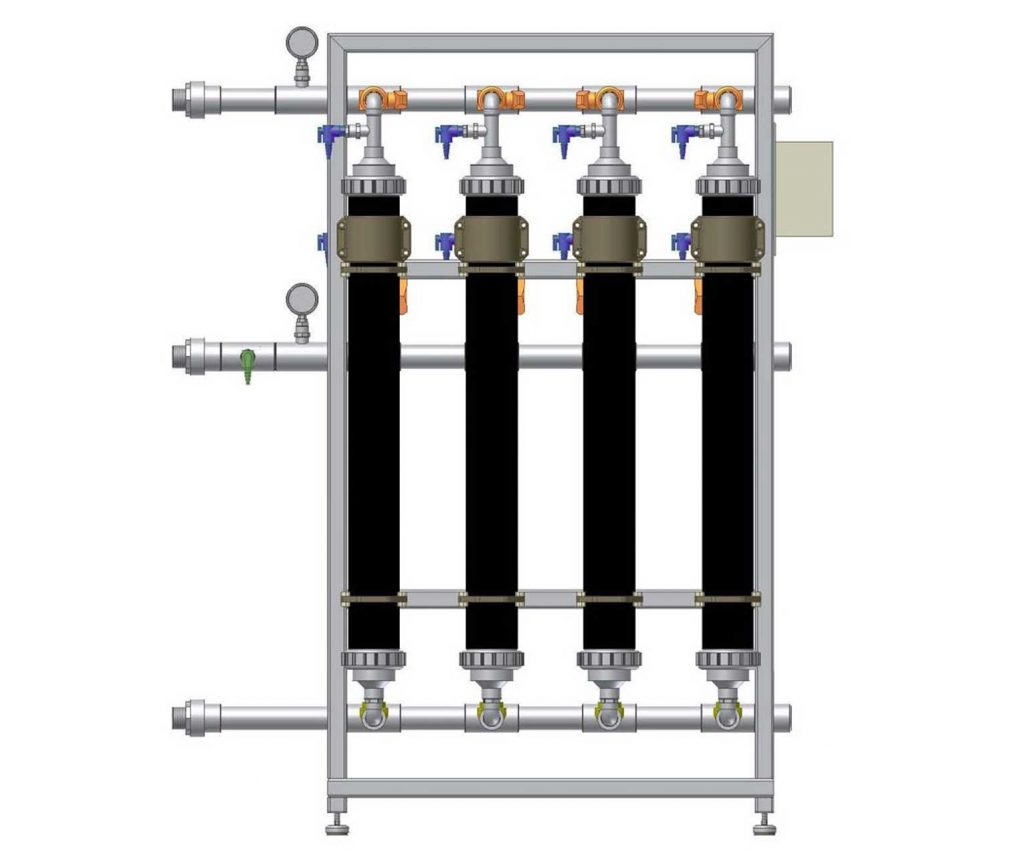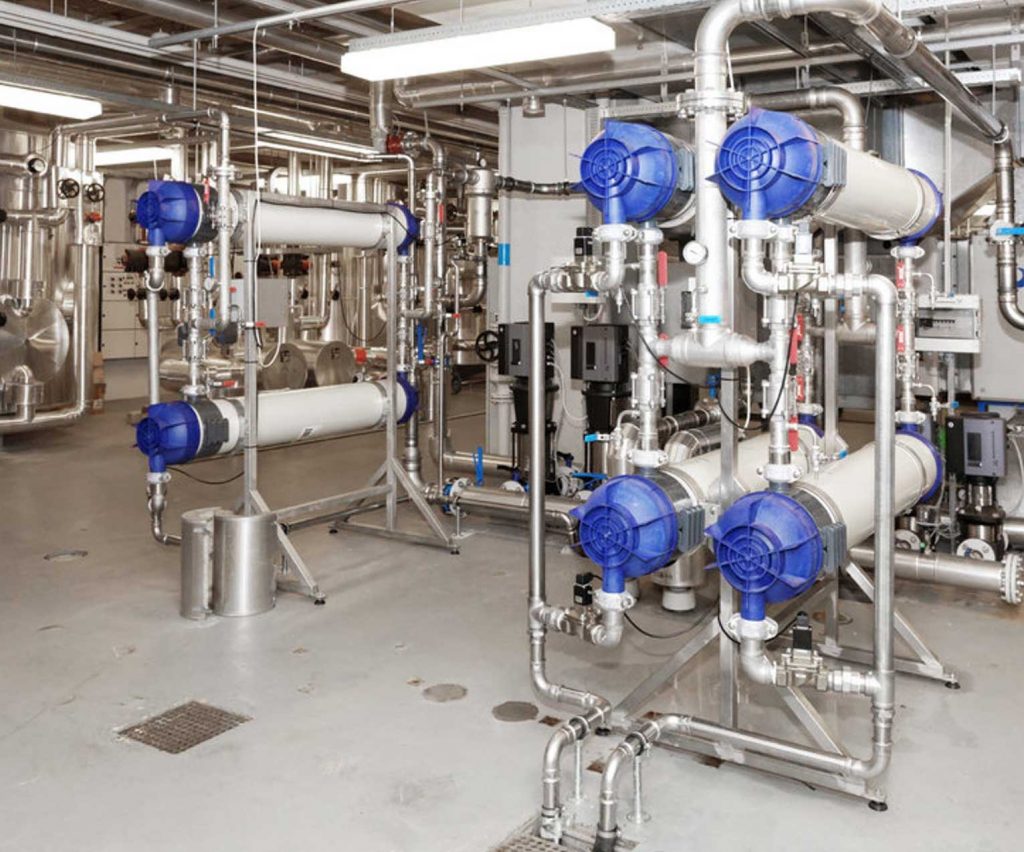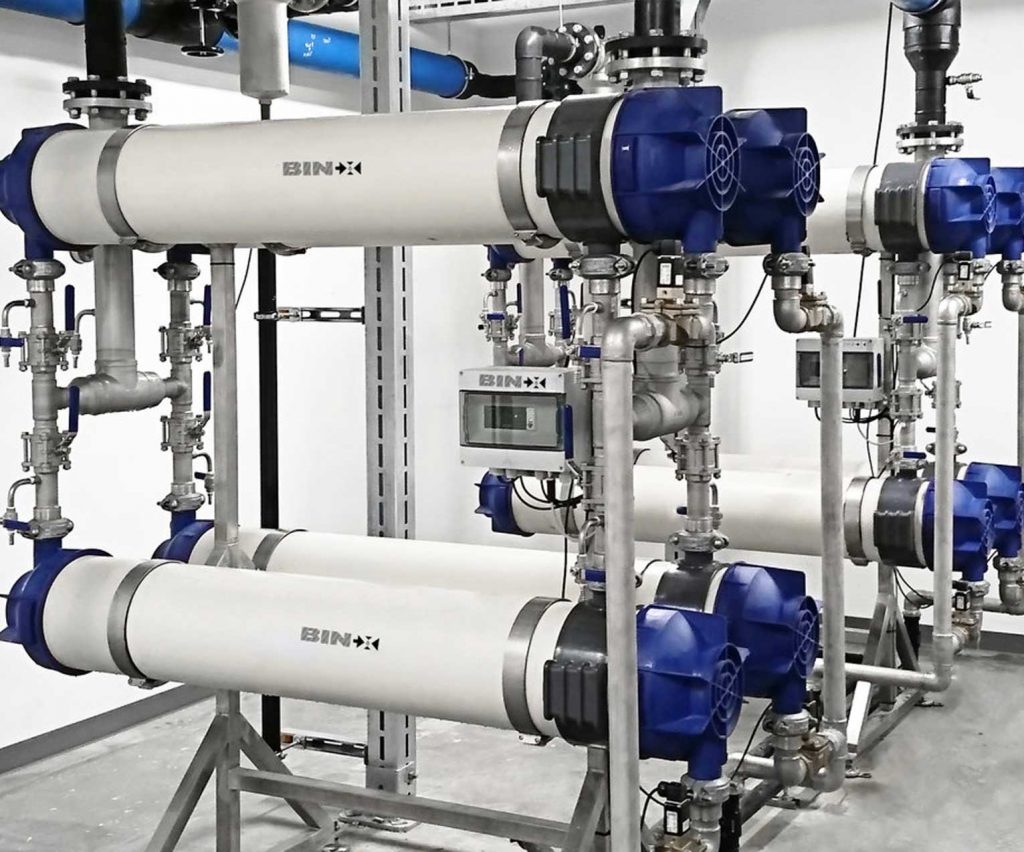Hospitals are probably the most significant type of building where balancing energy efficiency and carbon reduction with occupant health is paramount. With the health and social care system comprising around 4% to 5% of England’s total carbon footprint[i], the need to achieve that balance is becoming more pressing.
The NHS has set a target of net zero greenhouse gas emissions by 2040, with an interim target of an 80% reduction between 2028 and 2032. But reaching that goal must include the highest care possible for occupant health.
Disinfection and bacteria control in hospitals is a critical area of concern. For example, preventing Legionella (a severe and life-threatening respiratory infection) is a top priority, given the vulnerability of many hospital in-patients and short-term visitors.
But the NHS uses a lot of water: around 40 to 50 billion litres each year[ii], and each NHS staff member uses approximately ten times more water yearly than a typical office occupant. These figures give some idea of the disinfection challenge NHS estates and facilities managers face.
ENWA currently works with several healthcare buildings and understands clients’ approaches to Legionella prevention. Thermal disinfection continues to be the most commonly applied method in domestic hot water (DHW) systems, with HSE’s L8 guidelines stating that 65oC is the required temperature for hospital environments.
Unfortunately, heating water to this temperature (and at the scale required across the NHS estate) takes significant energy. According to BRE figures, the NHS’s primary energy uses are building services such as heating, cooling and hot water production. And many older hospitals use gas, coal or even oil for heating, adding even more to the overall carbon footprint[iii].

Growing numbers of building services engineers and energy managers want to move away from thermal disinfection with a view to reducing energy consumption and carbon emissions. This is a difficult switch for the compliance team, as the high-temperature approach is regarded as an established and ‘safe’ option with a reduced risk of failure.
But this may change with a growing interest in adopting lower operating temperatures for domestic hot water in commercial buildings, including hospitals. This is an excellent way to reduce energy use and cut carbon emissions. Legionella prevention must still be considered, but with a well-designed system, it is possible to control it without the need for excessively heating the hot water.
For example, one project at Great Ormond Street Hospital showed that a low-temperature DHW system not only met the requirements of the building and reduced its carbon emissions but also avoided Legionella issues even at a working temperature of 43oC.
Change is in the air for the approach to Legionella prevention, and Enwa offers a water treatment technology which can save energy and cut emissions while keeping occupants safe from infection. This is ENWA Bin-X ultrafiltration system.
Applied at the point where water leaves the water storage tanks, it becomes the final barrier of bacteria before water goes to user points. The ultrafiltration module filters down to 0.03 µ, and at this level, it filters all bacteria including legionella and the nutrients that feed all microorganisms. Not only does this stop bacteria at the ‘door’, but it also starves bacteria already in the system – gradually reducing the number of viable bacteria numbers and causing biofilm to break down.

Enwa has successfully applied its BIN-X ultrafiltration system in hospitals and other large buildings. The system is installed directly after the water storage tank and has very low energy consumption. As an added benefit for busy hospital maintenance teams, BIN-X is virtually maintenance-free, requiring only one annual service visit to check function and membrane density integrity.
At Enwa, we think it’s time to re-think our approach to water treatment in the same way that we are taking new approaches to heating and cooling systems.
Finding new approaches to long-standing challenges like Legionella prevention will be vital in helping the NHS achieve its net zero carbon goal, reducing the impact of rising energy costs and keeping occupants safe.
[i] Cameron, Genevieve Oct. 2021, The Health Foundation. Going Green: What do the public think about the NHS and climate change? Source: https://www.health.org.uk/publications/long-reads/going-green-what-do-the-public-think-about-the-nhs-and-climate-change
[ii] BRE Website: Water in the NHS – Key Facts. Source: https://www.bre.co.uk/page.jsp?id=2738#:~:text=The%20NHS%20consumes%20approximately%2040,litres)%20of%20water%20each%20year.
[iii] BRE Website: Energy in the NHS.Source: https://www.bre.co.uk/page.jsp?id=2627







